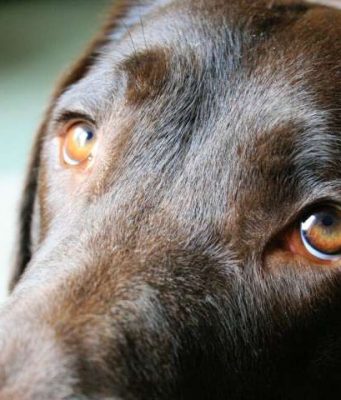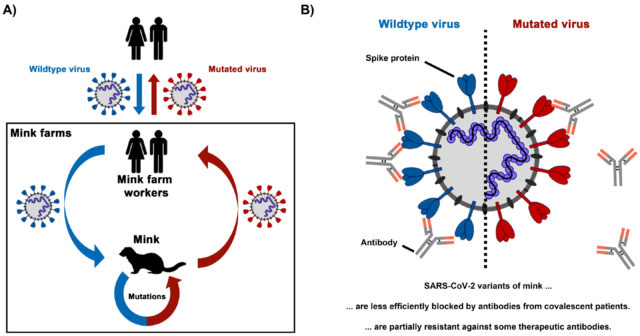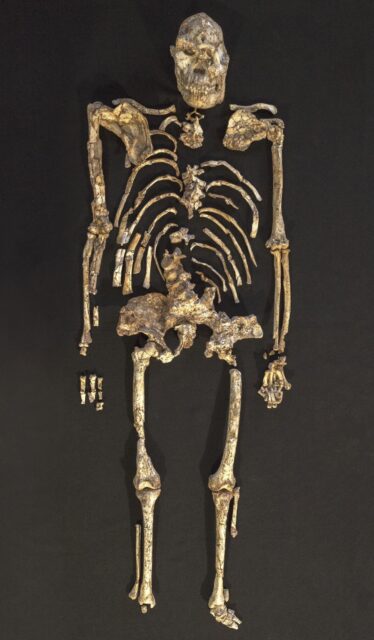It has been known for about a year that minks can become infected with SARS-CoV-2. The virus had been transmitted from humans to farmed mink and mutated in infected animals. Mutations were acquired in the spike protein, which is...
New work from a Stanford University-led team of researchers including Carnegie's Arthur Grossman and Tingting Xiang unravels a longstanding mystery about the relationship between form and function in the genetic material of a diverse group of algae called dinoflagellates.
Their...
A new study verifies the age and origin of one of the oldest specimens of Homo erectus--a very successful early human who roamed the world for nearly 2 million years. In doing so, the researchers also found two new specimens...
The observation that most of the viruses that cause human disease come from other animals has led some researchers to attempt "zoonotic risk prediction" to second-guess the next virus to hit us. However, in an Essay publishing April 20th...
A long-awaited, high-tech analysis of the upper body of famed fossil "Little Foot" opens a window to a pivotal period when human ancestors diverged from apes, new USC research shows.
Little Foot's shoulder assembly proved key to interpreting an early...
Overfishing likely did not cause the Atlantic cod, an iconic species, to evolve genetically and mature earlier, according to a study led by Rutgers University and the University of Oslo—the first of its kind—with major implications for ocean conservation.
"Evolution...
Squirrels and other tree-dwelling rodents evolved to have bigger brains than their burrowing cousins, a study suggests.
This greater brain power has given them key abilities needed to thrive in woodland habitats, including better vision and motor skills, and improved...
Both people and tomatoes come in different shapes and sizes. That is because every individual has a unique set of genetic variations—mutations—that affect how genes act and function. Added together, millions of small genetic variations make it hard to...
A new study by Stanford University biologists finds an explanation for the idea that physical characteristics such as skin pigmentation are "only skin deep." Using genetic modeling, the team has found that when two populations with distinct traits combine...
Though noise may change moment by moment for humans, it has a more lasting effect on trees and plants.
A new Cal Poly study reveals that human noise pollution affects the diversity of plant life in an ecosystem even after...

















